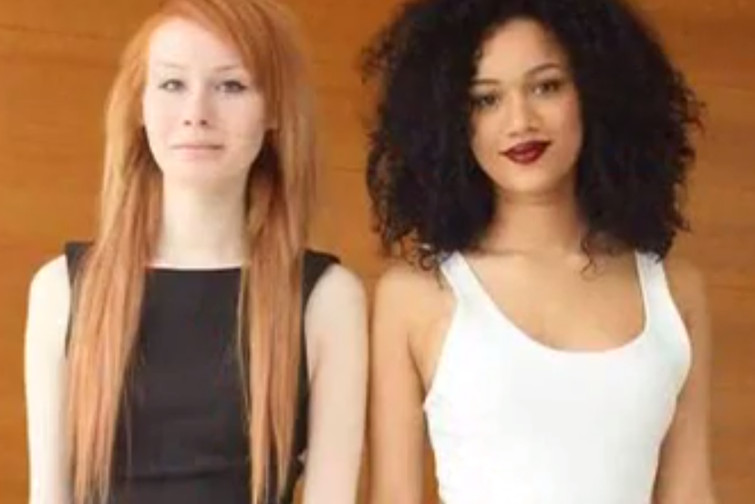After a discussion in class about the Oklahoma racist chant, one of my students mentioned seeing an article that included a picture of a sorority that posed with sombreros, moustaches, and signs that said, "I don't cut grass, I smoke it." I might add that that class is two-thirds Latino. That particular picture struck a nerve. My students have heard the terms "beaner," "burrito-eater," and the like, but this one hit a little harder, especially when the photo appeared to be nearly exclusively white.
I did a quick search and discovered this article which cites a dozen examples, several that have pictures. I know kids are young and make mistakes. But these make me sick. This article could be great for a discussion on group decision-making, prejudice, stereotypes and so much more.
http://mic.com/articles/112240/12-incidents-that-prove-fraternity-and-sorority-racism-isn-t-just-an-oklahoma-problem
The Teaching High School Sociology web site
This blog is for ideas related to teaching Sociology at the high school level written from a teacher's perspective.
Wednesday, March 11, 2015
Monday, March 9, 2015
Fraternity and Racist Chants
Why does this not surprise me?
The more I learn about people, the more optimistic I am. Then something like this happens and I get discouraged. I could make a list of hundreds of recent events that detail poor behavior on the part of white people. As a white person, it grieves me that anyone thinks like these young men or their counterparts around the nation and world. As a teacher, I am constantly trying to fight the good fight to raise awareness about structural racism, discrimination, harmful attitudes, intergroup relations, and more.
So frustrating. Each day in the classroom gives me hope though.
The Teaching High School Sociology web site
The more I learn about people, the more optimistic I am. Then something like this happens and I get discouraged. I could make a list of hundreds of recent events that detail poor behavior on the part of white people. As a white person, it grieves me that anyone thinks like these young men or their counterparts around the nation and world. As a teacher, I am constantly trying to fight the good fight to raise awareness about structural racism, discrimination, harmful attitudes, intergroup relations, and more.
So frustrating. Each day in the classroom gives me hope though.
The Teaching High School Sociology web site
Friday, March 6, 2015
Sneetches, Prejudice, Discrimination, and Status
 Dr. Seuss gave us many classics in regards to human behavior. My personal favorite is "Sneetches," a story about two kinds of Sneetches, creatures who lived on the beach, some of whom had stars on their bellies, some who did not.
Dr. Seuss gave us many classics in regards to human behavior. My personal favorite is "Sneetches," a story about two kinds of Sneetches, creatures who lived on the beach, some of whom had stars on their bellies, some who did not.Those with stars fancied themselves better than the others and excluded those without stars from their social gatherings. Those with stars also had stereotypes about those without. This led to discrimination, name calling, and social shunning. Along comes an inventor who can put stars on those without. Conflict ensues when the originals with stars feel the need to change once all Sneetches had stars--they needed some visible identifier for in- and out-group labeling.
Then the inventor who took the stars off the original star-bellied Sneetches. They reclassified the status of both kinds of bellies.
This new designation leads to chaos as both groups end up adding and subtracting the stars so that everything gets messed up from the original grouping. No identifiers work for in- and out-group designations.
Lessons are learned and the scam artist leaves.
The video version is available here:
Posted by Chuck Schallhorn
The Teaching High School Sociology web site
Thursday, March 5, 2015
Identical Twins and Racial Identity

The Teaching High School Sociology web site
Subscribe to:
Posts (Atom)